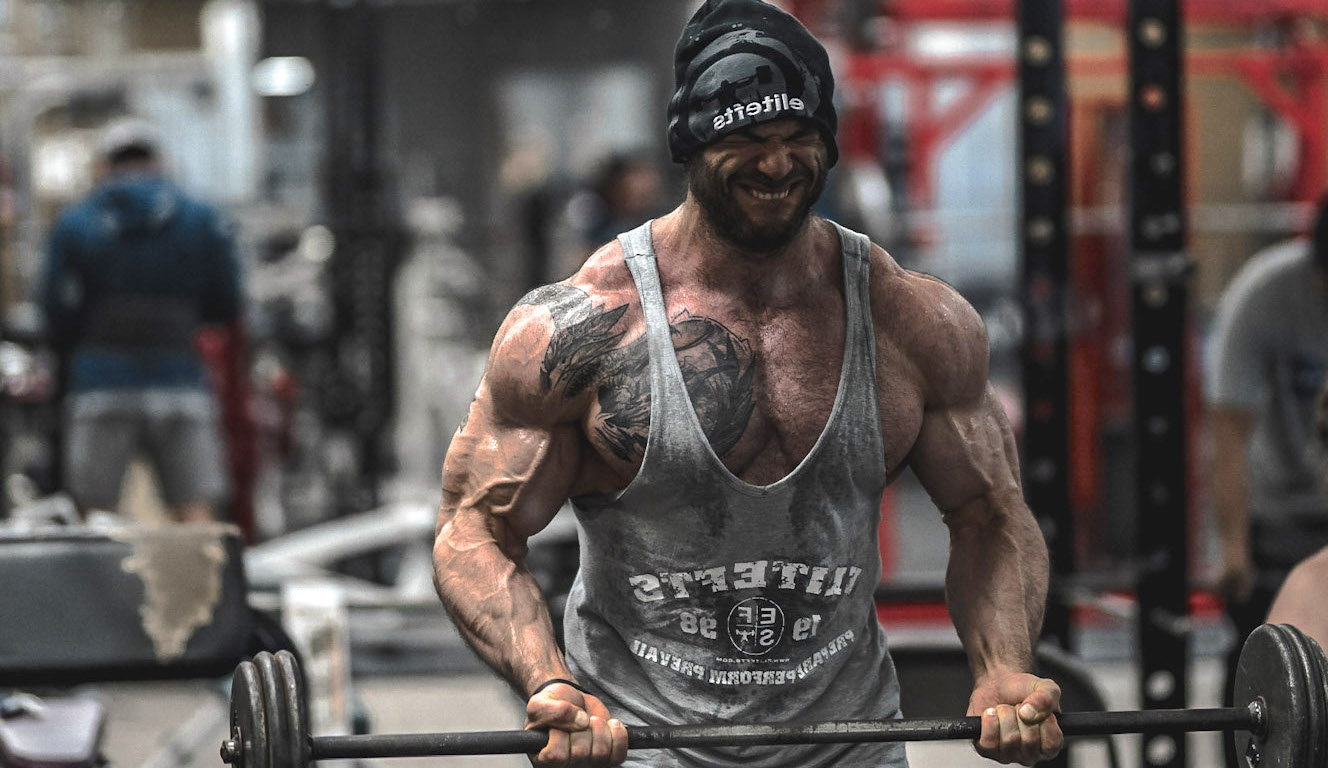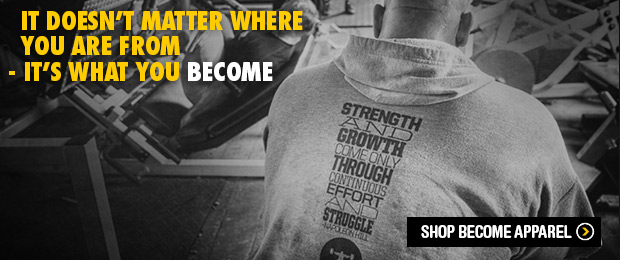
In a recent Instagram post, I shared my grand goals for the rest of 2019: to get up to 240 pounds of solid muscle while gaining strength. Since my last meet was at 82 kilos, that’s a pretty bold undertaking, and besides a ton of support, I’ll need a ton of self-confidence if I want even a prayer of achieving it.
View this post on Instagram
Confidence ain’t all that easy to come by, for most people – myself included – but it’s not some magical genetic gift that you’re either born with or you’re not. You can build confidence, but it’s a tough, tough, tough thing to do. That said, it’s worth the work: there’s no performance-enhancer in the world that can come close to an unshakable sense of self-confidence.
Need to work on your own inner game? Here’s how to start.
Understanding Confidence
First, it’s important to know that confidence can mean different things to different people. You can – hell, you should – have your own definition of confidence. But for the sake of simplicity, here’s mine:
Self-confidence reflects a sense of belief in one’s identity, ability, and preparation regardless of external circumstances.
That last part is key. If your confidence depends on external circumstances, then it’s not “real” confidence – it’s just feeling good in the moment. True confidence means knowing that you are the best in the world at what you do, and that you are capable of accomplishing anything you set your mind and effort towards.
Don’t get confidence confused with arrogance. Confidence is internal: it exists regardless of whether anyone else ever sees it or senses it. Arrogance is external, and arrogance will not help you do anything except piss other people off.
Developing Confidence
So, how do we develop real confidence? We start by understanding that confidence is built upon two inner layers: self-identity and self-esteem. In other words, self-identity and self-esteem are prerequisites for confidence. You must have a strong sense of both of the former before you can even begin to work on the latter.
We’ll tackle self-esteem, the innermost layer, first. Self-esteem refers to a sense of respect for yourself, your inherent value, and your abilities. Remember, these are inherent traits. They don’t depend on what you’re doing right now, what you did in the past, or what you hope to do in the future. They’re just part of who you are.
However, developing that innate sense of self-esteem typically does take some external input. Accomplishing great things and being accepted by others are two typical examples: these results help to reaffirm in our minds that we are good and we do have value. But ultimately, we cannot control our external environments; nor can we control how others see us. So learning to accept yourself for who you are is the first step to building true confidence.
Self-identity goes hand-in-hand with self-esteem. Self-esteem refers to how you value yourself, and self-identity refers to how you see yourself. It’s your own definition of you. Here’s the important part, and here’s where it all comes together:
In order to have a strong sense of self-esteem, and a sustainable self-identity, you must see yourself as more than just an athlete.
Your athletic accomplishments will come and go, and ultimately, no one but you will really value them. Therefore, if your self-identity revolves solely around your association with athletic achievement, it’s inherently transient, and any sense of confidence built upon that identity will be similarly tenuous.
How do you develop a balanced self-identity? I’m glad you asked, because Dave Tate answered that very question in this awesome post of his own.
That is where you start developing confidence: by becoming a “whole” person, not just an athlete. Until you can honestly say that you are more than your athletic accomplishments, you will never be able to enjoy the benefits of true confidence.
It’s not easy, but it is simple, and there’s nothing stopping you… but you.









